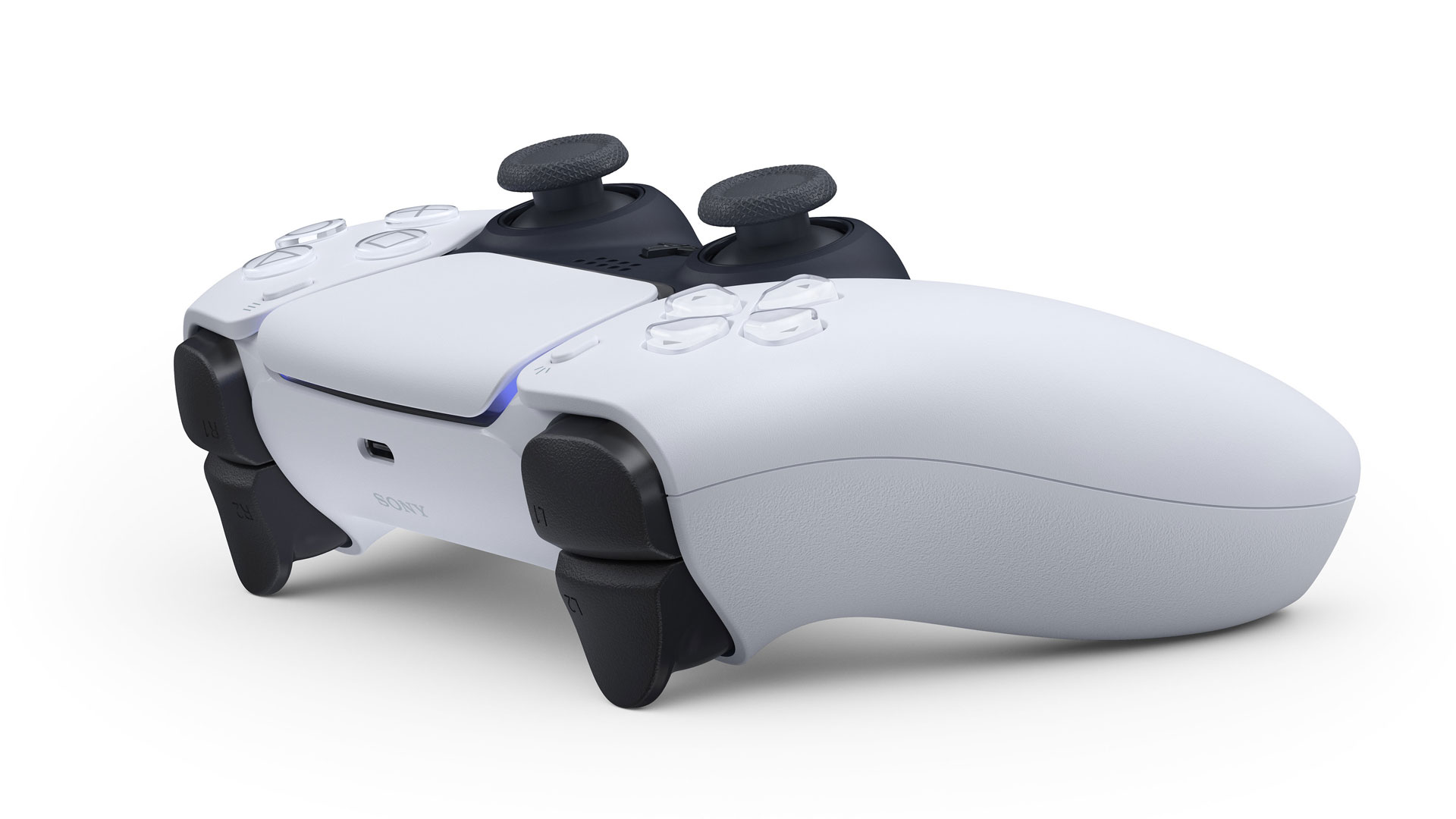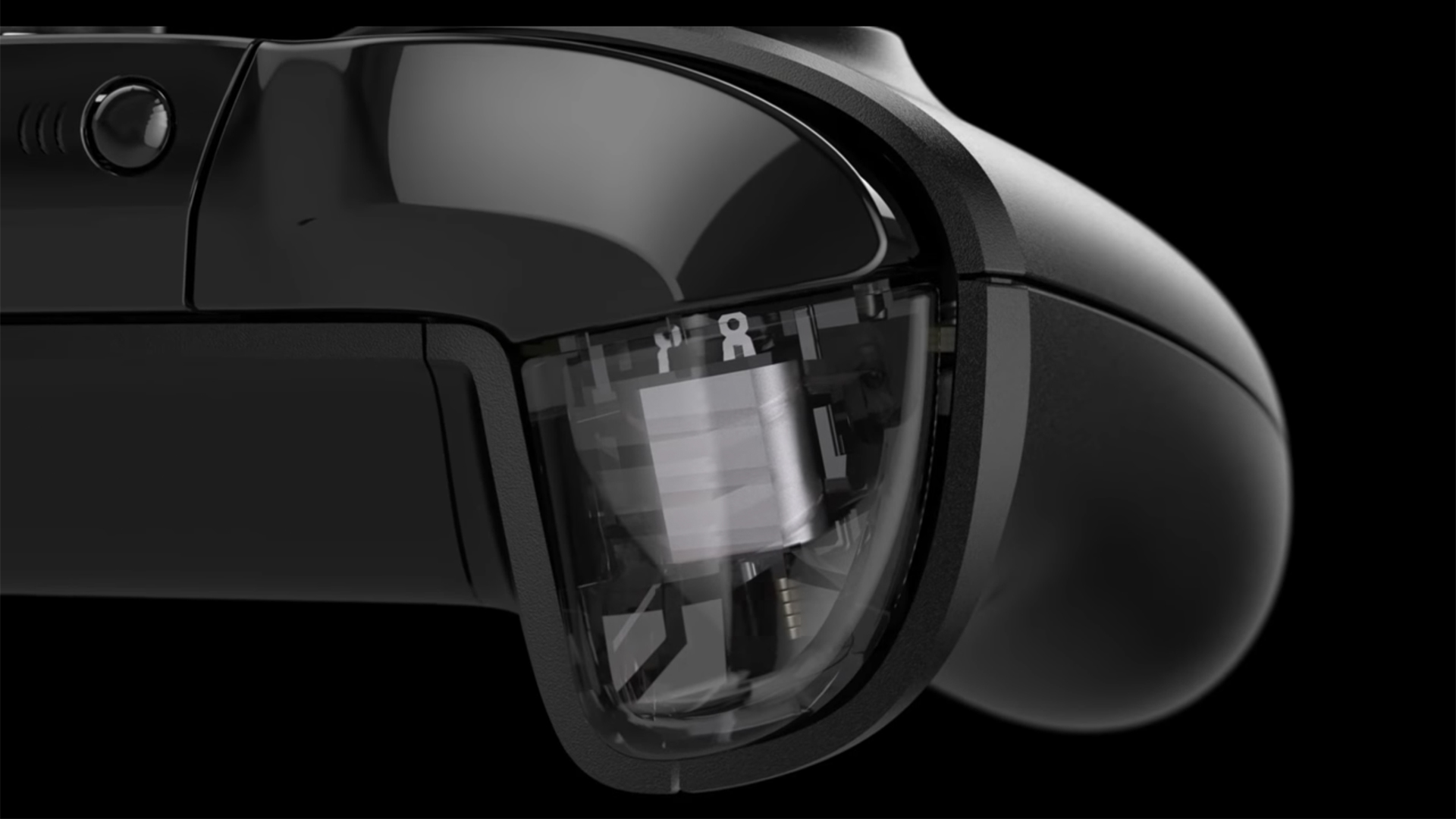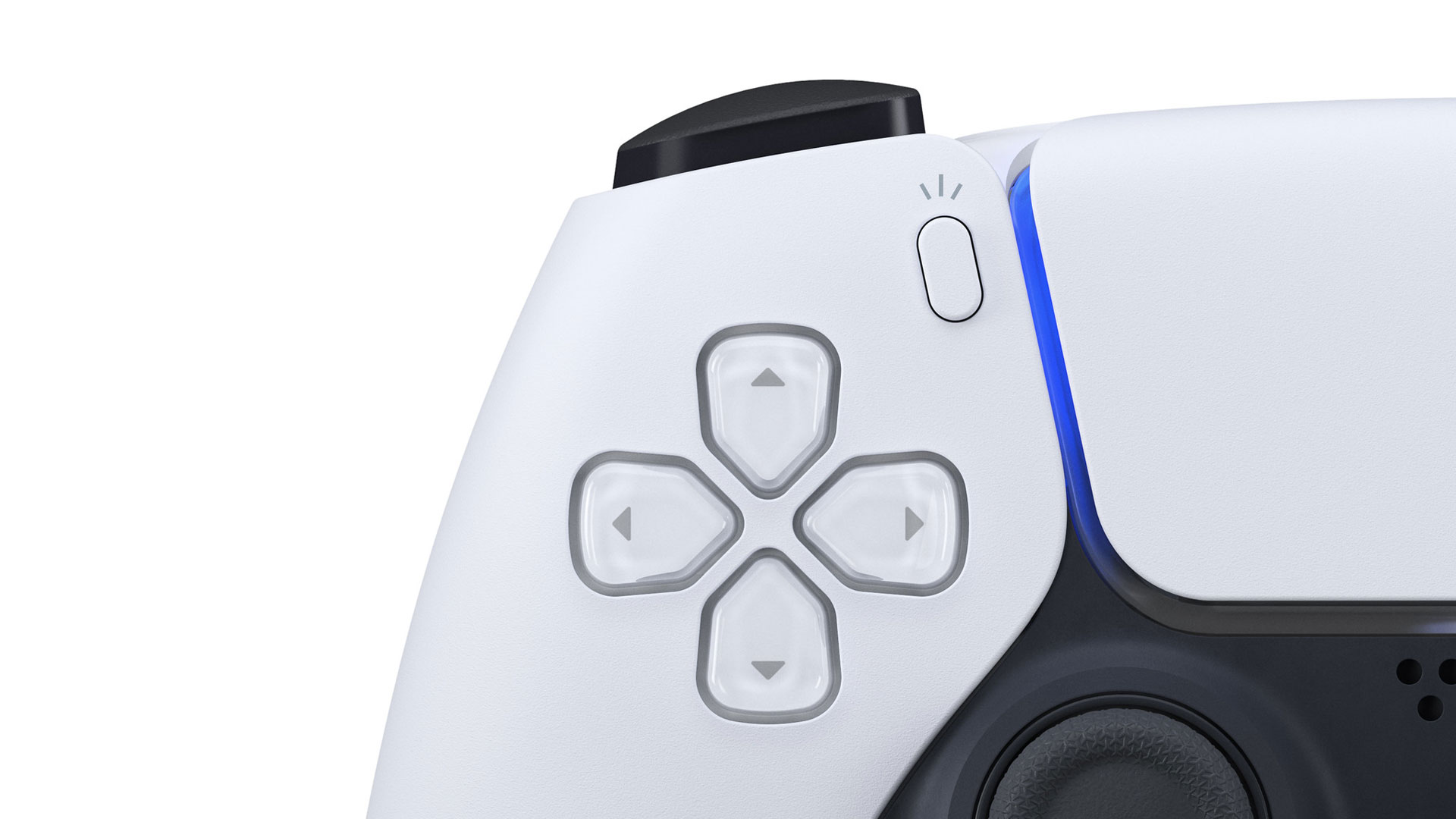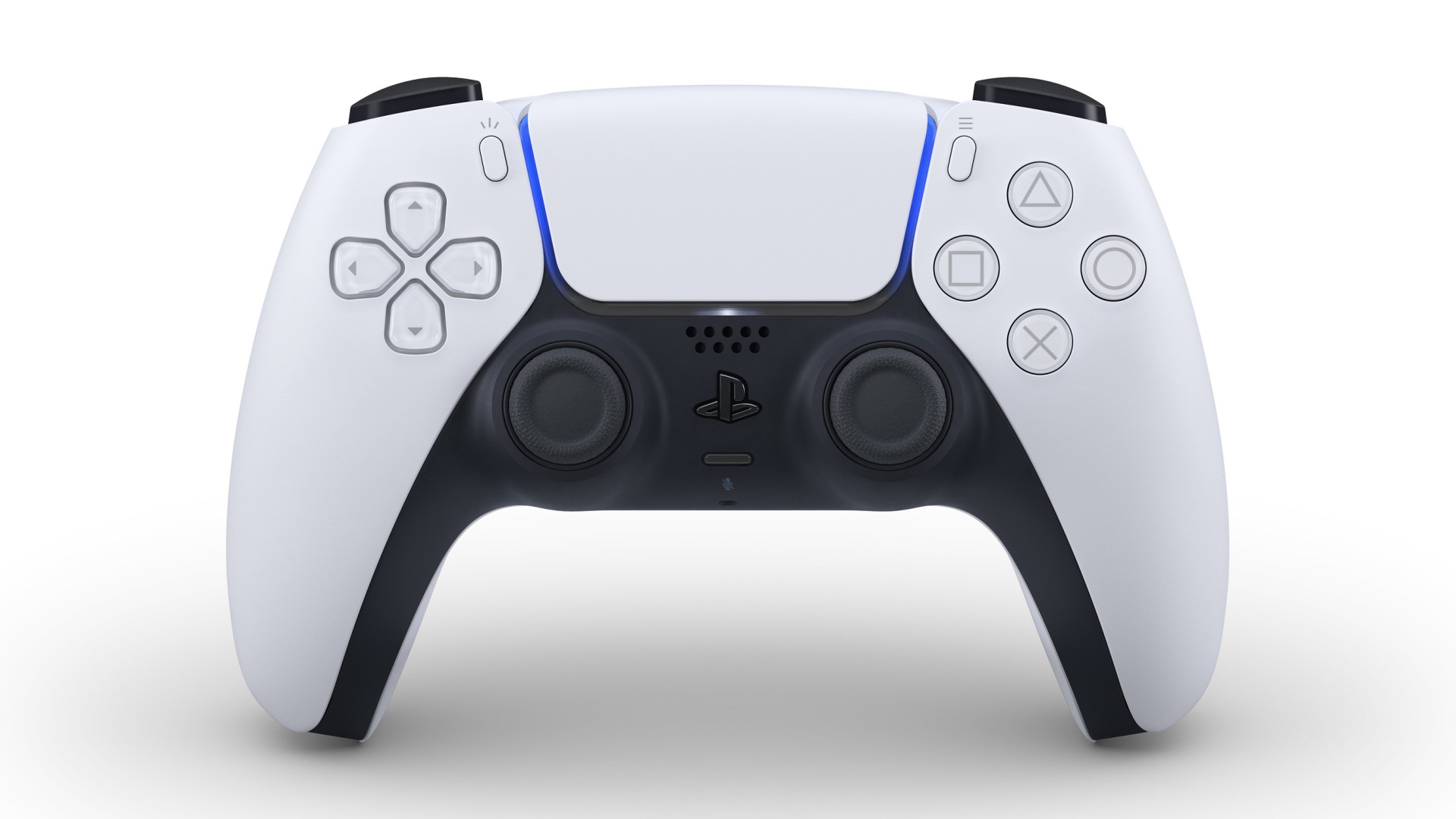
With the PS5 now just months away from launch, we are finally starting to get a better sense of how the PlayStation division plans on evolving play in the next-generation of interactive entertainment. At the heart of it all is the PS5 controller DualSense; it's a bold evolution of the iconic DualShock and is undoubtedly the most significant PS5 reveal Sony has made thus far in its campaign towards Holiday 2020. While there's a lot to love about the new controller, it was the new functionality that caught my attention more so than the refined form factor or its divisive two-tone colour scheme. In particular, it's the adoption of haptic feedback and the incorporation of what Sony is calling 'adaptive triggers' to the DualSense's L2 and and R2 buttons.
There's a pretty good chance that none of us are going to get the opportunity to get our hands on the DualSense for a good couple of months (for obvious reason) and that presents something of a problem for Sony. It can be difficult to truly understand the appeal of hardware innovations that are built around kinaesthetic communication without experiencing it for yourself. At its most basic level, the improved haptic feedback Sony is integrating into the body of the DualSense indicates that Sony is taking significant steps to evolve rumble functionality beyond that of the DualShock 4, and that the platform holder is signaling to studios that engineering a fuller sense of touch within gameplay should be given more consideration in development than it ever has in the past.
But to get a sense of how the the adaptive triggers will work, you need only look at the tech Microsoft was experimenting with back in 2013 at the launch of the Xbox One – and the way Xbox Game Studios developers, in particular, have implemented it into titles in the years since – to understand how this tech can change the way that you will play and enjoy games.
Remember the Xbox One's impulse triggers?

The most significant moves made by Microsoft at the turn of the last generation were ultimately overshadowed by the ideas it was ultimately pressured into not pursuing. We don't need to rehash all of the ways that the Xbox division messed up the reveal of the Xbox One back in 2013 here, but it's clear that its mixed-messaging did more harm than it did good. One of the biggest casualties was the oversight the Xbox One controller 'impulse triggers' received in the aftermath. Hell, to this day it's a little known feature.
Impulse triggers, available at launch in the standard Xbox One controller, and in just about every iteration since, was a significant evolution of haptic feedback technology as we understood it at the time. Rather than offer standard vibration pulses in the palm of your hands – as had been widely popularised by controllers since the launch of the PlayStation's DualShock in 1997 – the Xbox One controller transformed the way that developers could communicate action and direction to players, angling feedback directly through the tips of your fingers.
It can achieve this because the controller has small rumble motors inside each of the triggers that are able to run independently of the chassis rumble and of each other. This means that developers can program directional vibration – tailoring it to different cars, weapons, situations, you name it – to communicate different types of feedback loops.


From Digital to DualSense - The history and evolution of the PlayStation controller ahead of PS5
Here are a few examples, just so you can get a better sense of it. Sunset Overdrive featured a wide variety of outrageous weaponry, each of which had a different tangible feel thanks to the way the impulse triggers dealt out vibrations and tightened resistance. In Halo 5, you'd receive directional rumble to indicate the direction of incoming fire, not to mention see the weight of iconic weapons and vehicles adjusted accordingly beneath your fingers. In Gears 5, you'd feel the jolt of lurching into cover shock through your wrists, and a subtle wrinkle wash across your trigger finger indicating that your weapon was out of ammunition and that you needed to reload. With the Forza Motorsport games, as you push a vehicle past its threshold, you'd feel the tires lock up and the ADS kicking in as independent forces; if your wheels begin to veer off the track you'll likely feel it before you see it, it not only improves immersion but helps to teach you the fundamentals of play too.
Sign up to the GamesRadar+ Newsletter
Weekly digests, tales from the communities you love, and more
Much like the way audio cues are used, the result of impulse triggers integration is subtle, and largely remembered only in its absence. Over the years, I've felt that certain PlayStation exclusives – despite their incredible design, attention to detail, and forward-thinking ideas – have had this inexplicable weightlessness to them. I think a part of that is because of an absence of haptic feedback loops and extra sensory detail that I have become accustomed to on Xbox One (my primary console).
You need only shift from playing something like a Forza to DriveClub – to draw an easy parallel – to feel the difference. The mind can only wonder how games like The Last of Us, Spider-Man, Horizon Zero Dawn, and GT Sport would have (and potentially will, should PS5 sequels be announced) benefited. The thunderous weight of melee blows rippling through your fingers, the shock of death-defying leaps rapturing down to your wrists, and the gentle tingle on fingertips as rubber burns through corners. The introduction of adaptive triggers to the DualSense is notable, and we should be excited to see what Sony's array of talented developers are able to do with the technology in the PS5 era.
DualSense adaptive triggers will change the game

I think it's safe to make the assumption that the PS5's DualSense adaptive triggers will be an impressive innovation of this concept – haptic technology has, after all, come a long way since 2013 – but the fundamentals will surely remain the same. Just listen to Hideaki Nishino, Sony's senior vice president of platform planning and management, for a brief overview of Sony's intentions here.
"We had a great opportunity with PS5 to innovate by offering game creators the ability to explore how they can heighten that feeling of immersion through our new controller. This is why we adopted haptic feedback, which adds a variety of powerful sensations you’ll feel when you play, such as the slow grittiness of driving a car through mud. We also incorporated adaptive triggers into the L2 and R2 buttons of DualSense so you can truly feel the tension of your actions, like when drawing a bow to shoot an arrow."
The DualSense controller will no doubt feature advanced chassis rumble. Which is to say, it will still be able to deliver weaker and stronger forces to reflect on-screen action, as well as more nuanced haptic feedback such as buzzing, rumbling and wobbling. Given Sony's focus on senses otherwise overlooked, touch and sound, you'd also wonder how finely tuned this next-generation of rumble and vibration will be. But it's the adaptive triggers where developers will truly be able to play.
Much like the PS4's gesture-based touchpad, third-party games that support the Xbox One's impulse triggers were startlingly far and few between – why spend additional time and resources on a featureset that only one platform will see the benefit of? With both Sony and Microsoft now investing in this technology (the functionality is presumed to be returning for the Xbox Series X), its implementation should become ubiquitous throughout the industry. And that, more importantly, means rumble through both chassis and triggers will only improve and evolve over time as ambitious developers begin to experiment with their PS5 games and Xbox Series X games. The next-generation is in sight, and while it might be a little while before we get to experience how the DualSense adaptive triggers will feel, you can get a sense of what it will be like now if you can get your hands on an Xbox One.
PS5 DualSense and Xbox Series X controllers are the most important reveals of the next-generation to date: Now that Sony has shown the PS5 controller to the world, here's why you should be ready to invest your excitement in the new consoles.

Josh West is the Editor-in-Chief of GamesRadar+. He has over 15 years experience in online and print journalism, and holds a BA (Hons) in Journalism and Feature Writing. Prior to starting his current position, Josh has served as GR+'s Features Editor and Deputy Editor of games™ magazine, and has freelanced for numerous publications including 3D Artist, Edge magazine, iCreate, Metal Hammer, Play, Retro Gamer, and SFX. Additionally, he has appeared on the BBC and ITV to provide expert comment, written for Scholastic books, edited a book for Hachette, and worked as the Assistant Producer of the Future Games Show. In his spare time, Josh likes to play bass guitar and video games. Years ago, he was in a few movies and TV shows that you've definitely seen but will never be able to spot him in.


